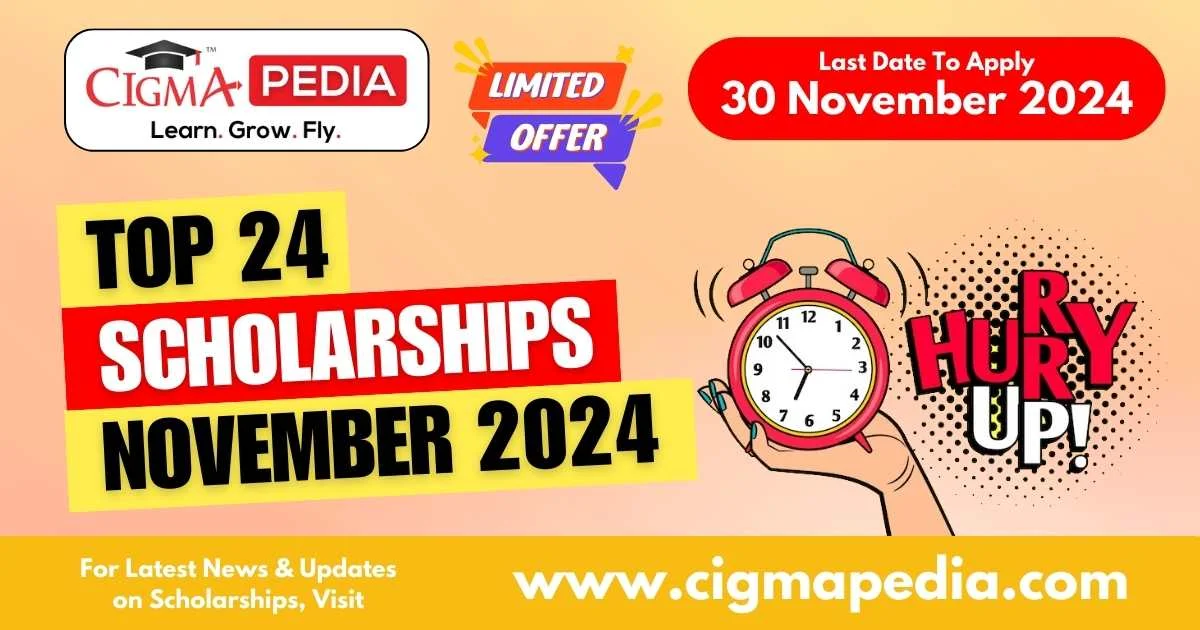Career Definitions – TEXTILES
[ads2]
SPINNING SUPERVISOR TRAINING (DIP)
TEXTILES Spinning is the process of drawing out and twisting fibres to join them firmly together in a continuous thread or yarn.In modern spinning silvers or rovings are fed into machines having rollers that draw out the strands, making them longer and thinner and that insert the amount of twist necessary to hold the fibres together.
[divider style=”solid” top=”20″ bottom=”20″]
THREAD MACHINE LOOM & WEAVING (CER / DIP)
Refers to how to operate looms and other weaving techniques.
[divider style=”solid” top=”20″ bottom=”20″]
WEFT KNITTING OF MAN – MADE TEXTILE (CER)
Knitting involves in drawing of one strand of yarn through the loops of another with needles.Knitting material can be made either from a single yarn or a set of yarns.
[divider style=”solid” top=”20″ bottom=”20″]
WET PROCESSING OF MAN – MADE TEXTILE (CER / DIP)
Knitting involves in drawing of one strand of yarn through the loops of another with needles.Knitting material can be made either from a single yarn or a set of yarns.
[divider style=”solid” top=”20″ bottom=”20″]
KHADI & HANDLOOM TECHNOLOGY (DIP)
Khadi involves spinning and weaving of cloth from cotton manually.It also involves weaving of silk and related fibres by hand.
[divider style=”solid” top=”20″ bottom=”20″]
KNITTING & GARMENT TECHNOLOGY (CER)
Knitting involves in drawing of one strand of yarn through the loops of another with needles.
[divider style=”solid” top=”20″ bottom=”20″]
KNITTING TECHNOLOGY (CER / DIP / PGDIP)
Knitting involves in drawing of one strand of yarn through the loops of another with needles.Knitting material can be made either from a single yarn or a set of yarns.A Knitting machine with automatic needles is used to make loops in the yarn and join the loops together thereby producing a cloth.
[divider style=”solid” top=”20″ bottom=”20″]
PRINT MAKING (CER)
Refers to the original creation of an artist who instead of the paint brush or the chisel has chosen print making tools to express himself.
[divider style=”solid” top=”20″ bottom=”20″]
SPINNING TEXTILE APPRENTICE (DIP)
Spinning is the process of drawing out and twisting fibres to join them firmly together in a continuous thread or yarn.In modern spinning silvers or rovings are fed into machines having rollers that draw out the strands, making them longer and thinner and then insert the amount of twist necessary to hold the fibres together.
[divider style=”solid” top=”20″ bottom=”20″]
TEXTILE DESIGN (DEG / PG / PGDIP)
The stylists idea for a fabric design may be executed by a textile designer.Many designers create their own original designs in addition to executing a stylists idea.The design might be for fabrics that are knitted, woven or printed.A designer must know textile manufacturing processes in addition to having artistic skills.
[divider style=”solid” top=”20″ bottom=”20″]
TEXTILE DESIGNING & PRINTING (STC / PGDIP)
The stylists idea for a fabric design may be executed by the designer.Many designers create their own original designs in addition to executing a stylists idea.The design might be for fabrics that are knitted, woven or printed.A designer must know textile manufacturing processes in addition to having artistic skills.
[divider style=”solid” top=”20″ bottom=”20″]
TEXTILE DESIGNING & WEAVING (DIP)
An increasing amount of designing is being done by computers.Once a design is approved its ready to be manufactured.Textile plan operations include many processes, opening of bales of fibres, spinning the fibres into yarn weaving and knitting the yarn into fabric and chemically finishing the fabric.After textile products are woven and knitted they are treated to give them special properties.This process is known finishing which is enabled fabric to resist shrinkage, repel soil, resist burning or hold its shape are chemically based.
[divider style=”solid” top=”20″ bottom=”20″]
TEXTILE MACHINERY (DEG)
Training given in the use of machinery used for textiles.
[divider style=”solid” top=”20″ bottom=”20″]
TEXTILE TECHNOLOGY (DIP / DEG / PG)
Textile technicians assist in producing textiles and making apparel and other products.They may work in textile research, design, development or production.Textile technicians are involved in the design and improvement of textile machinery.The development of new dyeing or finishing techniques or the invention of completely new fabrics.
[divider style=”solid” top=”20″ bottom=”20″]
TEXTILES (DEG)
Altough the term textile originally referred to only woven fabrics, today the textile industry includes knitted goods, braids and other fabrics that are made from fibres, yarn and other materials.The textile industry produces fabrics for clothing, as well as fabrics for home furnishigs, carpeting, towels and sheets.
[divider style=”solid” top=”20″ bottom=”20″]
WEAVING – MAN MADE FIBRE (CER)
Loom operators run a battery of automatic looms that weave the yarn into cloth.They observe the weaving process carefully to detect the flaws in the cloth, breaks in the thread or mechanical defects.Loom operators are often referred to as weavers.
[divider style=”solid” top=”20″ bottom=”20″]





